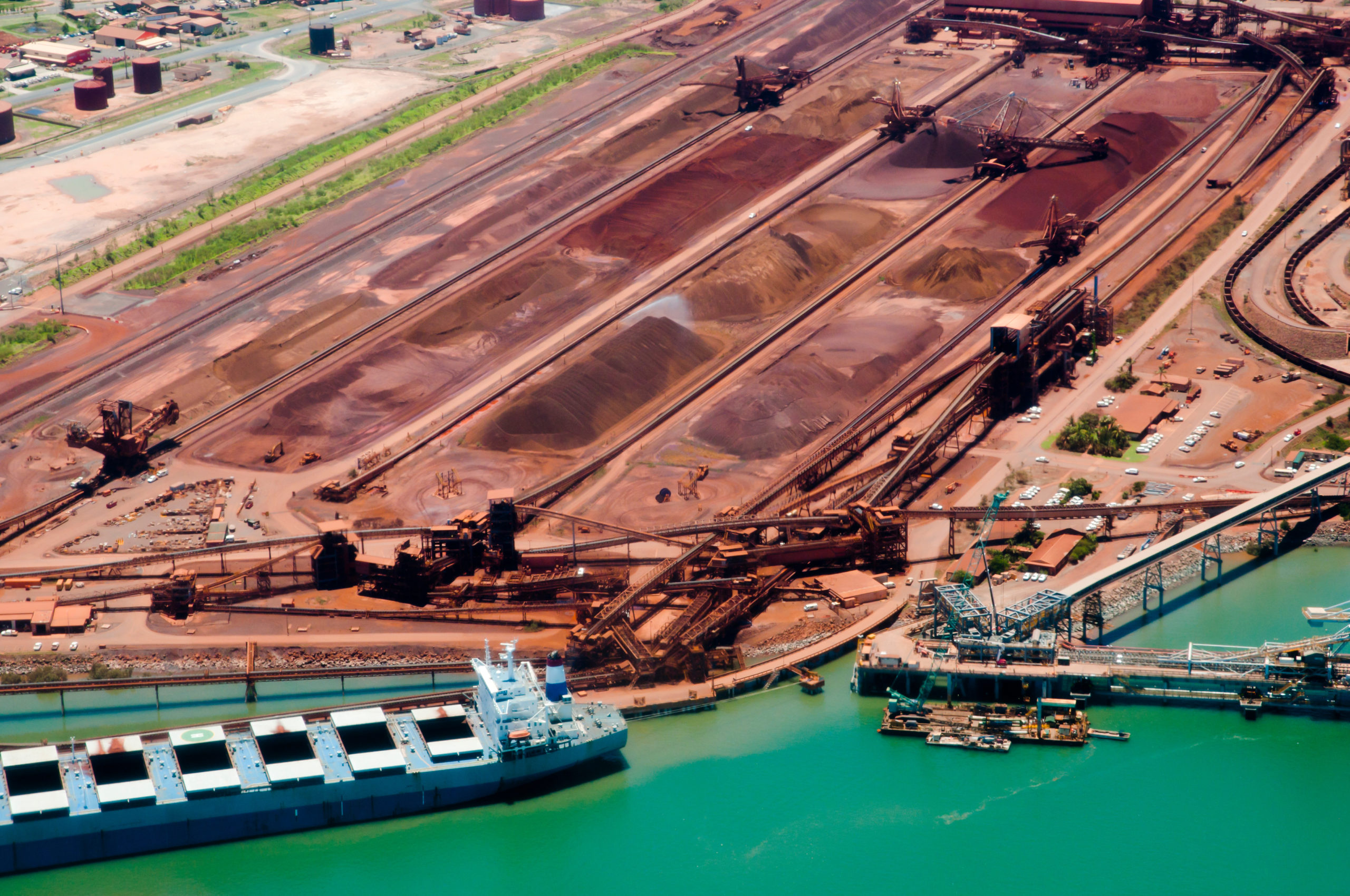Australian environmental watchdog approves Cameco uranium mine
Western Australia’s Environmental Protection Agency (EPA) said Monday it has completed its assessment of Cameco-Mitsubishi’s proposed Kintyre uranium mine and recommended state approval for the project, under certain conditions.
According to the regulator, Kintyre —located in the east Pilbara, near Karlamilyi National Park— can go ahead as far as Cameco monitors close by fauna including bilbies, mulgaras and rock wallabies, and assess any potential “radiological impacts to plants and animals.”
The project has an expected mine life of about 13.5 years and includes the construction of mineral processing facilities, offices, accommodation and the discharge of waste.
It also includes the upgrade and construction of 90km of access road for the transportation of uranium oxide concentrate to the WA-South Australian border on route to the Port of Adelaide.
Cameco (TSX:CCO)(NYSE:CCJ), the world’s third-biggest uranium producer, postponed the development of the mine on the wake a major collapse of uranium prices related to the Fukushima nuclear accident in Japan in 2011. At the time, the company said the project likely wouldn’t be viable if uranium prices fell below $67 a pound.
Since then, the atomic fuel prices have fallen about 60%. They dropped to $28 a pound on May 19, the lowest level since May 2005, and were trading at $28.50 Monday morning, according to data from Ux Consulting Co.
Cameco has previously said it would need a uranium price range of $60 to $80 a pound to move the project towards development.
In announcing today’s decision EPA’s chairman Paul Vogel said the Radiological Council and the Department of Mines and Petroleum were responsible for ensuring radiation risks were managed during the mining, handling, packaging, storage and transportation of uranium oxide concentrate.
The report to the Environment Minister is now open for a public appeal period, closing on August 11.
Image courtesy of Cameco.
More News
{{ commodity.name }}
{{ post.title }}
{{ post.date }}




Comments